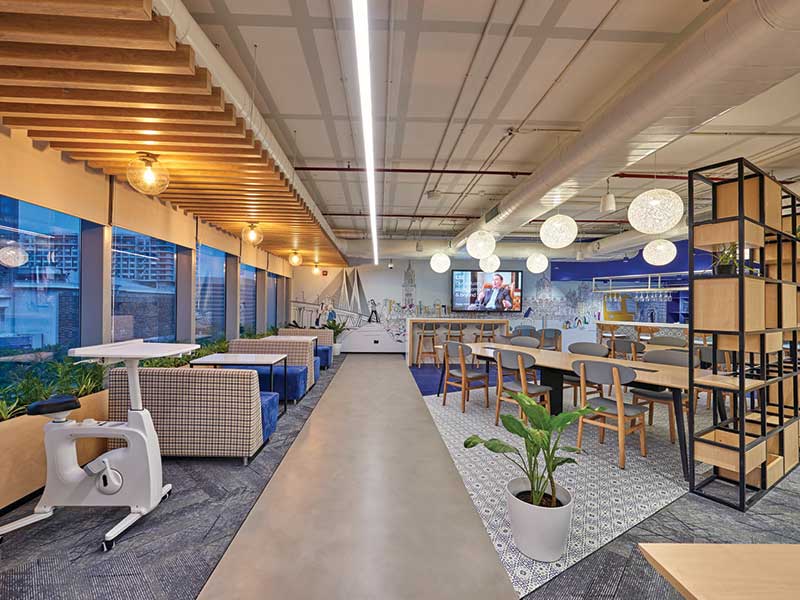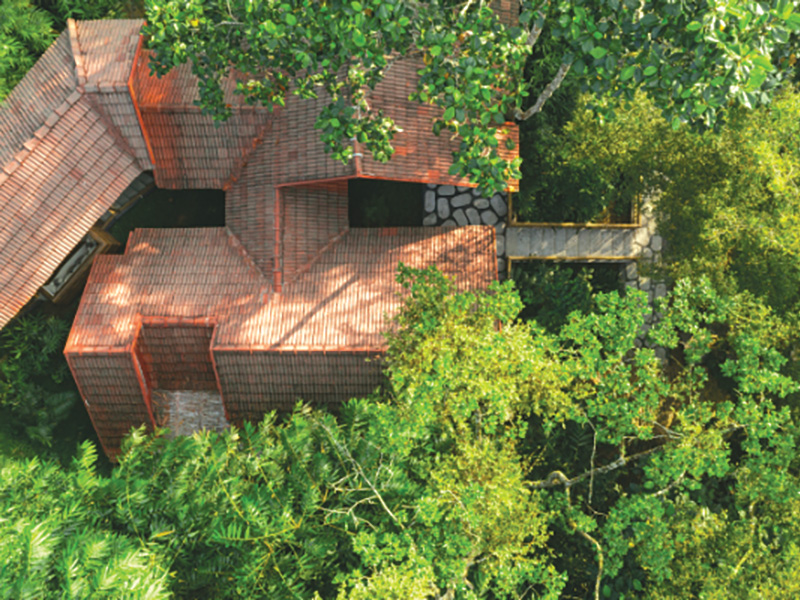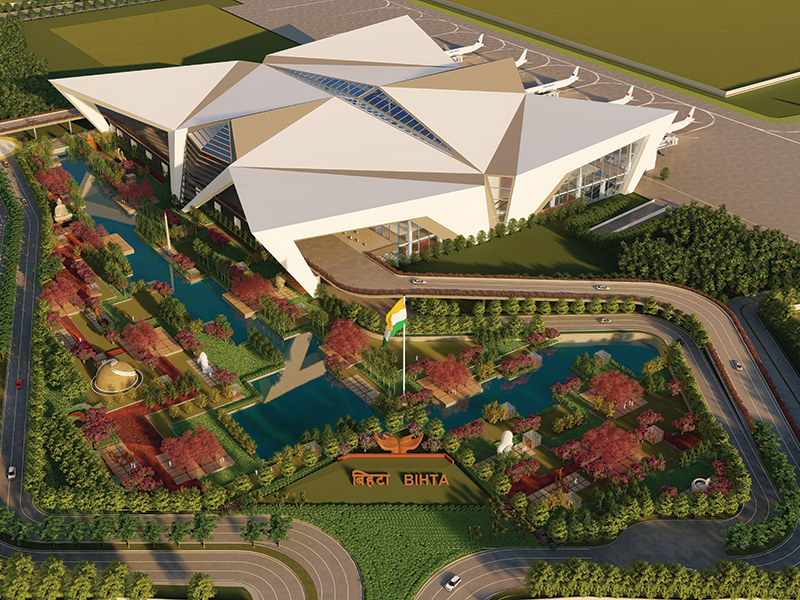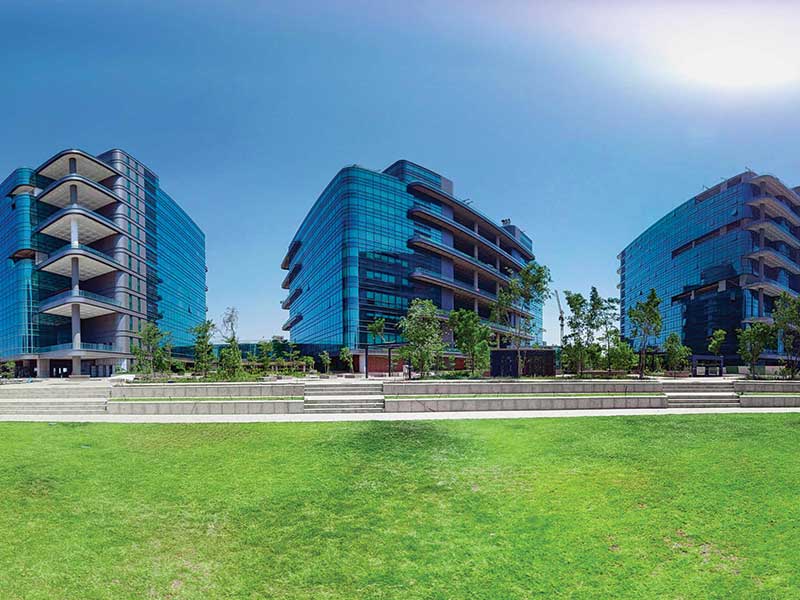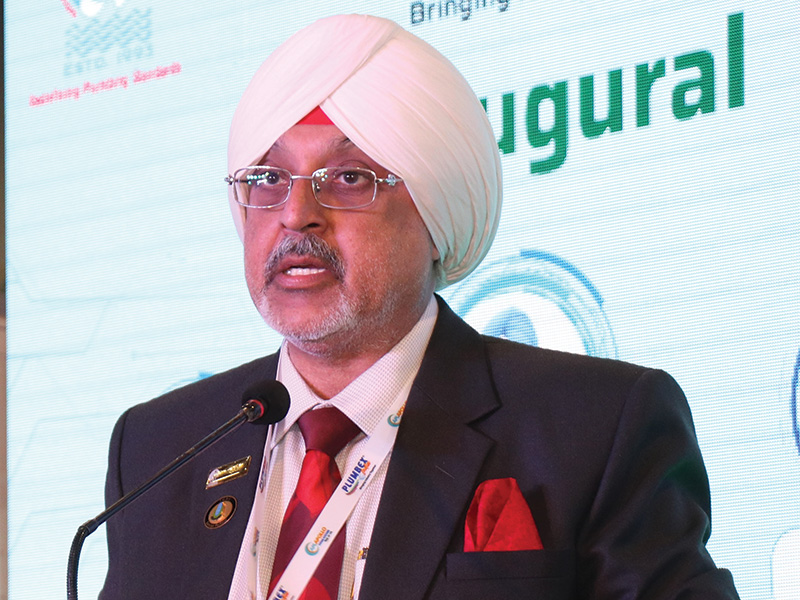Sneha Gurjar, Director, CEM Engineers
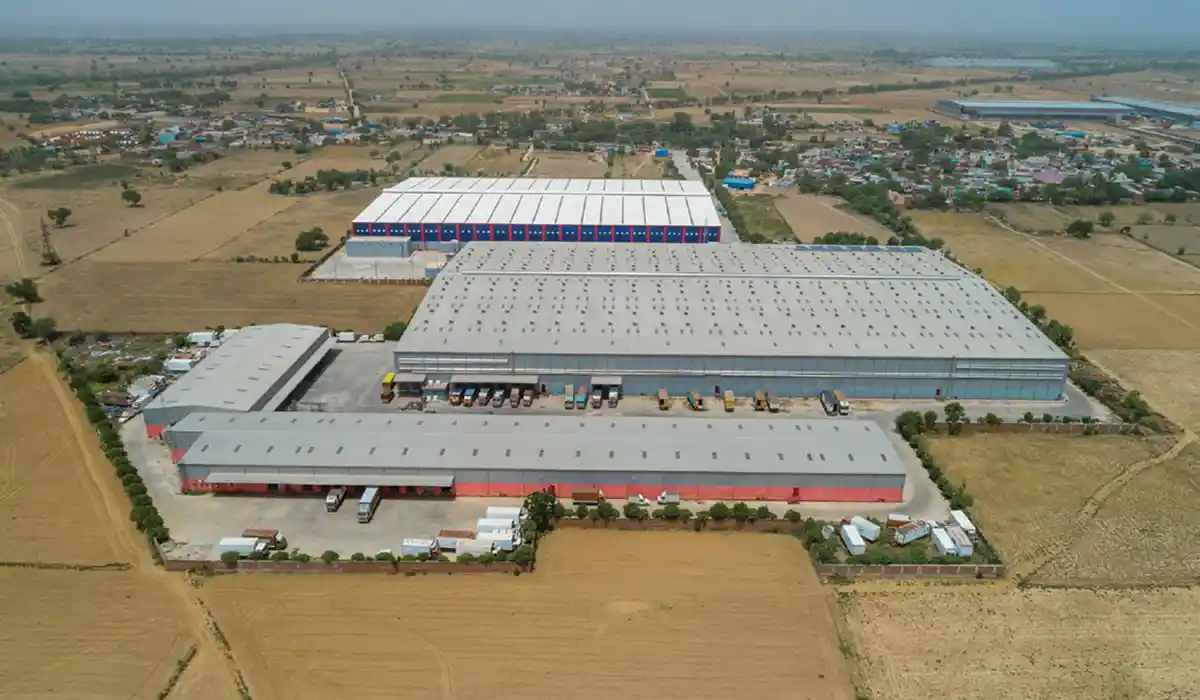
Given the complexity of designs that we are witnessing worldwide, a digital uprising is very critical. As architects and designers, we must actively invest in newer technology and innovations within the construction industry to allow stakeholders to save time and money and go paperless in the long run and move towards environmental sustainability.
The adoption of various technologies in construction works can enable professionals to save time, improve the quality of work, reduce costs, focus on safety parameters, and increase profit margins. Digitisation can also streamline business models and practices with proper tracking measures, thereby providing transparency and allowing us to collect data, track materials and working hours for effective planning.
Incorporating technology also boosts productivity, increases efficiency, and reduces project delivery time as communication on projects improves, reducing the scope for confusion and errors. Continually evolving technology has further strengthened the usage of digital tools such as BIM — a popular tool with integrated design practices. This has enabled architecture and engineering to streamline and improve quality, accuracy, and innovation. Additionally, various 3D integrated design and analysis software have made construction operations easier by carrying out complex simulations. As a result, such software and tools have become widely popular among architects and designers.
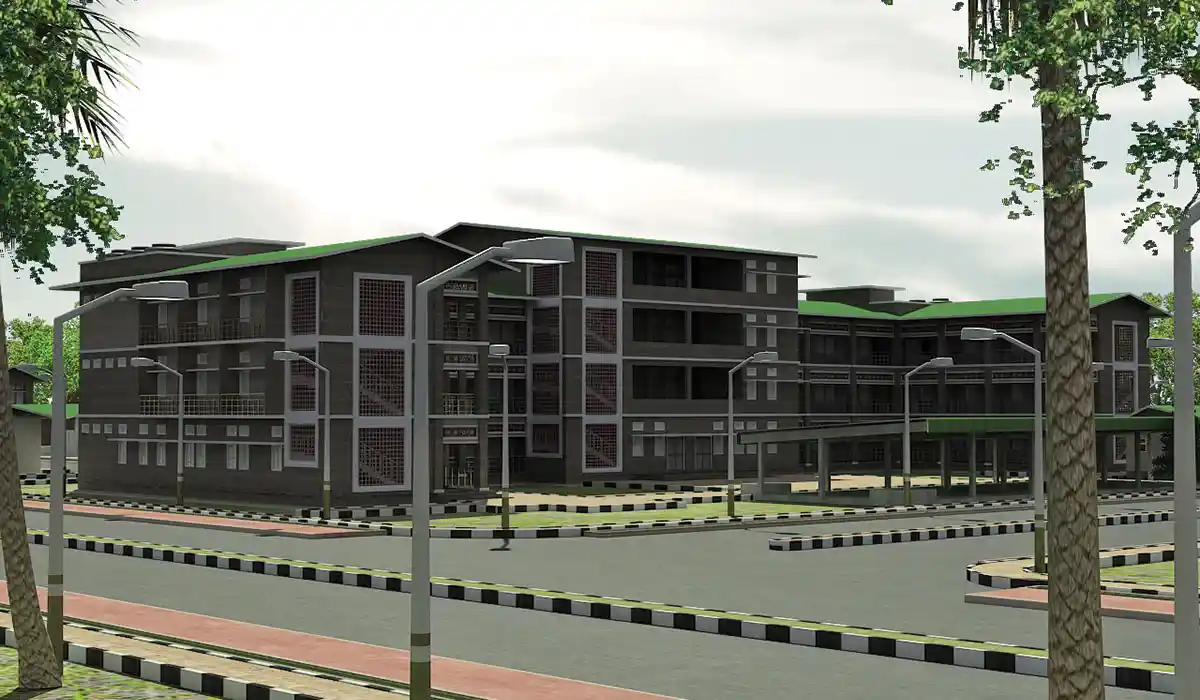
Digitised Operations: Embracing the Change
The construction industry comprises many organisations that are either unprepared or overwhelmed by the magnitude of new and emerging technologies. The increasing desire for organisations to switch to digital operations is further reinforced by their intent to limit the usage of resources such as paper. This saves enormous printing costs, time, and storage in a modern-day workspace. In addition, information management and knowledge transfer have become a swift process with digitised operations.
But the major challenge that the construction industry faces today is smoother communication amongst different stakeholders in timely completion of projects. Projects are dynamic and often require numerous changes and modifications throughout their lifecycle, especially from the schematic to the completion stage. While we have all progressed towards utilising digital platforms for communication and for managing documentation and timelines, there still needs to be a seamless integration of everything that is dynamic and acts as a way of communication amongst different stakeholders. This calls for a dire need for digital transformation in the construction sector, especially post-pandemic, with a digitally enabled workforce.
Globally, the adoption of technology has enabled firms offering design and construction services to identify inefficiencies, curate an implementation strategy, and employ the right personnel. By incorporating advanced technology, integrated practices offering design and engineering consultation seek to increase profitability, streamline processes, reduce project risks, and bring efficiency in their design coordination by pre-empting clashes in design, and providing value addition to the designed product.
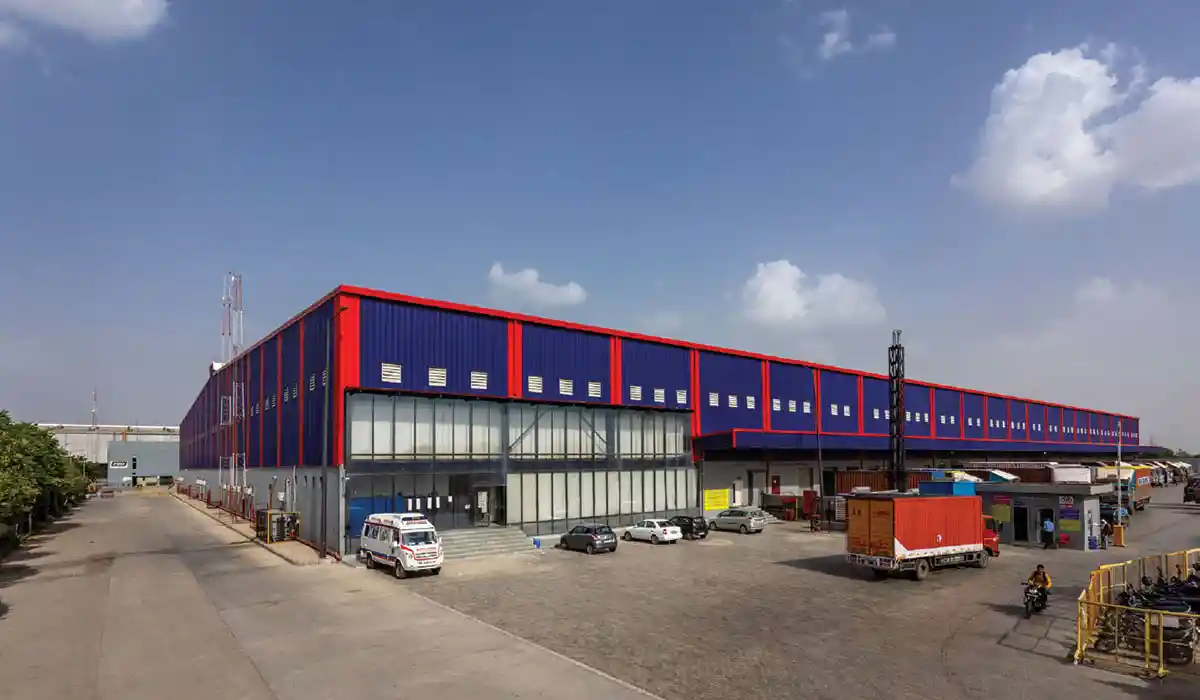
Boosting Productivity with Technology
In the era of pursuing integrated operations, collaboration becomes paramount. Architects use technology platforms such as BIM, allowing effective collaboration with engineers and contractors regarding the designs of projects. With the growing popularity of BIM modelling, using 3D modelling software has become a must for Government projects in certain countries and is increasingly being requested for private projects of all sizes.
As regards a hazard-free work environment, Augmented Reality (AR) provides an overlay of digital information on top of the real world. Mobile Augmented Reality (MAR) allows software access to phones, thus reducing the usage of high-end laptops and desktops for real-time updates. Additionally, Virtual Reality (VR) enables designers to model structures and simulate them as per various real-world scenarios.
Using drones for inspections and surveys cuts down the time involved and the usage of resources. Similarly, the Internet of Things (IoT) manages a plethora of technology and optimises the use of resources with effective planning and connecting everyone on the team.
The future of the Indian built environment has tremendous potential to develop complex structures in challenging environments with diverse social and climatic conditions. The economic narrative on projects must allocate room for enabling state-of-the-art technology on large-scale projects. A structural engineer’s role is complex and must be eased for their service’s longevity.Modern-day structures are a combination of various interconnected elements and resultant complex calculations. Ensuring that this monumental task is carried out with utmost precision requires competencies and digital aid.
Sneha Gurjar
With multiple stakeholders involved in a project, time management becomes a necessity making collaboration the key to operating in the industry. Technology, when used to its utmost potential, can enable communication to increase between the field and the office. Real-time data allows plans, permits and other documents to get submitted and approved faster, ensuring supreme project delivery. A switch to digital operations with all the costs involved seems a justified move in the industrial context.




